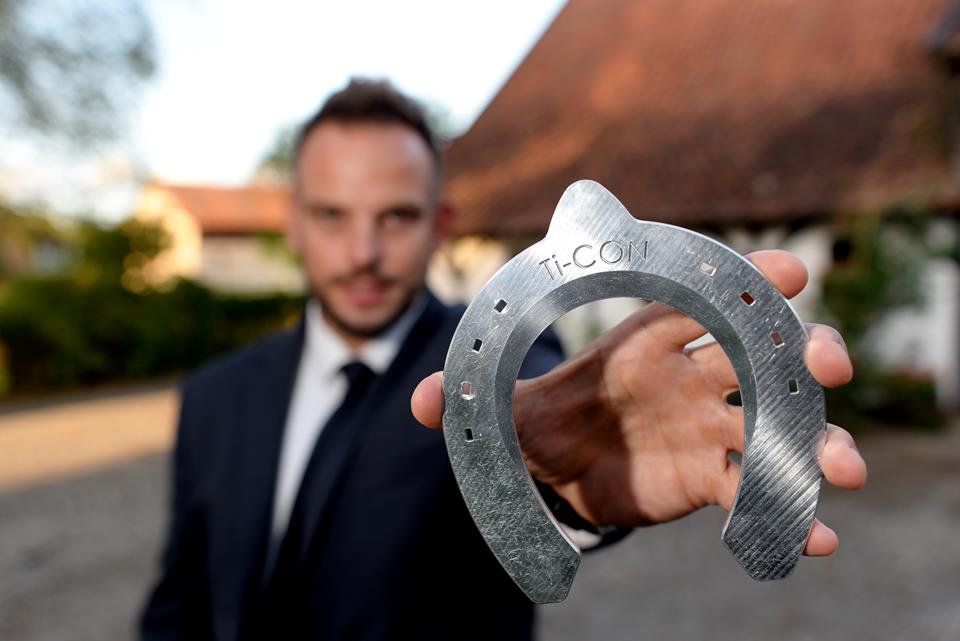Everybody knows what a horse looks like. But no less important is what is hidden under the horse hoof, i.e. the horseshoe. Can a product with a one-thousand-year history be innovative? The Ti-CON company has proved that it is certainly possible.
"We have developed a new casting alloy, thanks to which horseshoes have much better parameters, i.e. lower weight and significantly (even double) higher wear resistance. This is a unique solution, one of a kind in the world,’ emphasised Mirosław Kaźmierczak, the President of the company’s Management Board."
Currently, the innovative horseshoe is undergoing functional testing. It all started three years ago, when a team of zootechnician engineers, blacksmiths and vets designed a superhorseshoe. It won first prize in the competition “Your Start-up – Your Future” organised by the Ełk Science and Technology Park. The company was granted EU funds two more times in order to develop the new alloy and to include the innovative horseshoe into its offer.
"Ti-CON assigns great importance to respect for the environment and well-being of animals. ‘The new horseshoes mean less wear, and so less shoeing and, consequently, smaller amounts of materials and energy used. The improvement of horse shoeing quality significantly reduces the number of injuries and the incidence of diseases such as laminitis, which require specialist blacksmith’s preventive care,’ explained Mirosław Kaźmierczak."
Super horseshoe
2x – The new horseshoes are not only much lighter, but also much more wear-resistant. They will be changed half as often as traditional ones.
Gallery
Details
Programme
Smart Growth Programme
EU Fund
European Regional Development Fund
Project
Development of new casting alloys for the production of innovative horseshoes with betterweight and wear resistance parameters
Project cost
approx. PLN 487 thousand, including approx. PLN 316 thousand from the European Regional Development Fund


